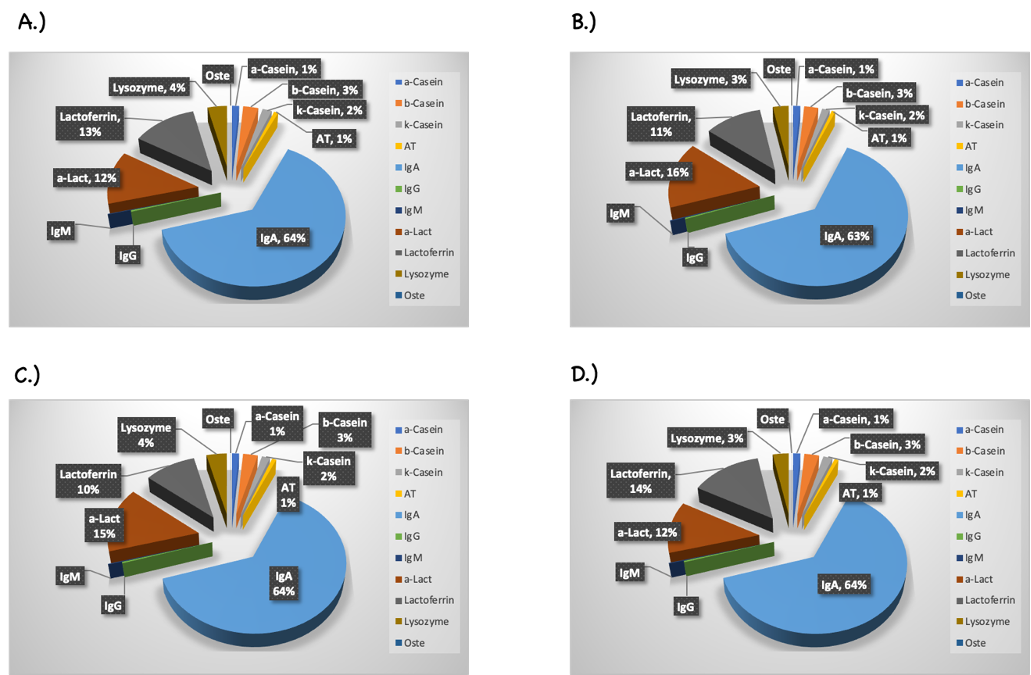VOLUME 16 NUMBER 1 (January to June 2023)

SciEnggJ. 2023 16 (1) 048-206
available online: May 21, 2023
*Corresponding author
Email Address: gjcompleto@up.edu.ph
Date received: November 25, 2022
Date revised: March 23, 2023
Date accepted: April 27, 2023
DOI: https://doi.org/10.54645/2023161ITE-16
ARTICLE
Human Milk Oligosaccharides And Site-Specific Glycosylation Heterogeneity Of Filipino Human Milk Glycoproteins Exhibit Dynamic Variations During Lactation As Influenced By Secretor Status And Coastal Environmental Condition – A Preliminary Study
Rabigh F. Kangleon1, Carlito B. Lebrilla2, and Gladys Cherisse J. Completo1
1Institute of Chemistry, University of the Philippines, Los Baños, Laguna,
4031, Philippines
2Department of Chemistry, University of California, Davis, CA, 95616,
United States
4031, Philippines
2Department of Chemistry, University of California, Davis, CA, 95616,
United States
KEYWORDS: HMOs, Human Milk Glycoproteins; Glycans; Glycoforms; Lactation stages; Rapid-throughput glycomics; MRM; Q-TOF LC/MS; QqQ LC/MS
Human Milk Oligosaccharides (HMOs) have a role in the immune system development of infants. HMOs and the N-glycans of human milk glycoproteins, especially highly fucosylated ones, function as prebiotics to the bifidogenic gut microbiota. This study reports the first longitudinal profile of HMOs and human milk glycoproteins from coastal, noncoastal, secretor and nonsecretor Filipino mothers analyzed and annotated using Q-TOF LC/MS and QqQ LC/MS - MRM, respectively. A milk glycan profile from coastal mothers revealed higher (P<0.05) presence of fucosylated branched HMOs, such as DFLNHa, LDFT, LNDFH I, and LNFP II. Moreover, secretor mothers expressed the highest 2’FL from colostrum (Day 5) until the end of the study (Month 6). Interestingly, the predominance of secretory IgA (64%) on the total milk glycoproteins from Filipino mothers supported their biological adaptation in conferring immune protection to their breastfeeding infant. Glycoform variations on milk glycoproteins, sIgA, IgG, Lactoferrin, and α1-Antitrypsin, in coastal mothers were observed. Moreover, lactoferrin was found to be highly glycosylated with 20 fucosylated and sialylated glycoforms. These results suggest that the coastal mother’s unique long-term seafood diet may have influenced their milk glycan profile and the potential incorporation of L-fucose derived from seafood in the biosynthesis of their milk glycans.
© 2025 SciEnggJ
Philippine-American Academy of Science and Engineering